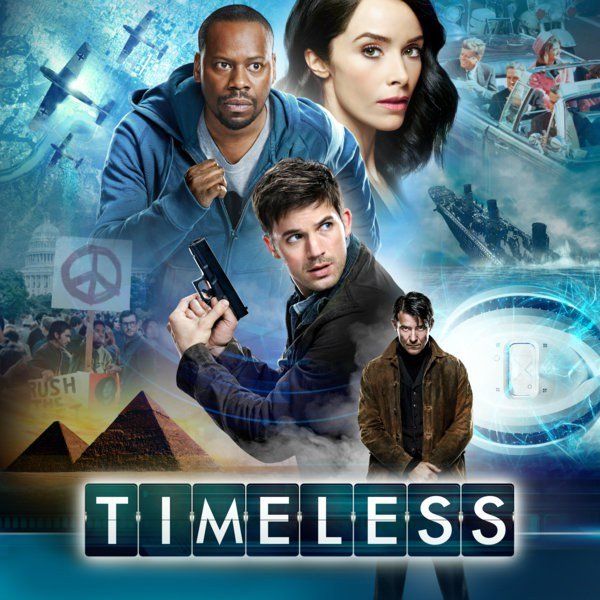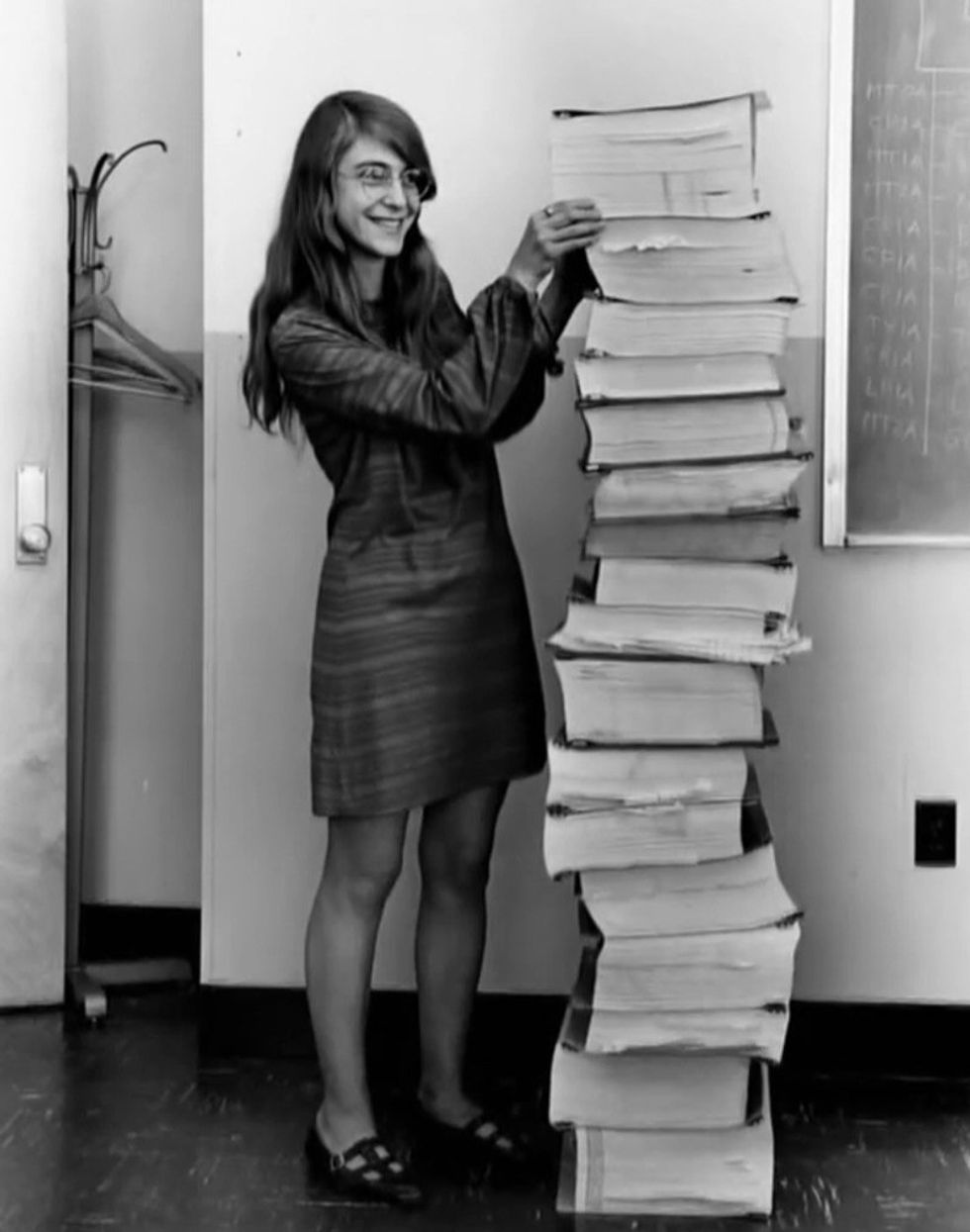I love the month of March for three reasons: spring, spring break and Women’s History Month. As a feminist and a student of history, the latter reason brings much joy to my heart. I am inspired by so many women that deserve recognition not only during the month of March but every single day. Although I believe that women’s history is everyone’s history, I can’t help but feel extra pride when this month rolls around.
While scanning Pinterest recently, I came across a photo of a young woman in a cool mod dress; she was standing next to a stack of huge volumes that rose up to her head. The description said that those volumes were filled with handwritten code for NASA, the very same code that was responsible for safely landing people on the moon.
I was so excited to read the inscription. I am still excited about her achievement, although I’m also frustrated that her face and story aren’t plastered everywhere as a means to inspire others. As any good historian and feminist would do, I decided to research her story.
Her name is Margaret Heafiled Hamilton; she was 33 when she wrote the code for NASA in 1969. At the time, she was also the Director of the Software Engineering Division of the MIT Instrumentation Laboratory. NASA, anxious to win the space race, called on her to create “the onboard flight software needed to land on the moon.” She was selected as team leader and tasked with making the Apollo missions successful.
This wasn’t just a cool job placement for a woman. In 1969, Software Engineering didn’t exist — she actually coined the term while making it a reality. Hamilton raised the bar even higher by helping her team create ultra-reliable software. She developed priority displays that allowed the software to interrupt astronauts in an emergency so that “they could reconfigure in realtime.” Hamilton debugged and tested every aspect of her work prior to assembly. Before signing off on the code, she “simulated every conceivable situation at the systems level to identify potential problems.”
“There was no second chance. We all knew that,” Hamilton said. “We took our work very seriously, but we were young, many of us in our 20s. Coming up with new ideas was an adventure. Dedication and commitment were a given. Mutual respect was across the board. Because software was a mystery, a black box, upper management gave us total freedom and trust. We had to find a way and we did. Looking back, we were the luckiest people in the world; there was no choice but to be pioneers; no time to be beginners.”
On July 20, 1969, Hamilton’s ultra-reliable software prevented a command from a faulty script from interrupting — and possibly ruining — the Apollo 11 mission. Three minutes before the Eagle landed, her dedication to programming, testing and simulating possible scenarios paved the way for Neil Armstrong and Buzz Aldrin to settle safely on the moon. Behind every great man is a damn good software engineer, am I right?
Honestly, media, culture and history aren't very enthralled with her work. When I learned about the moon landing, the mention of a pioneering female was absent from the lesson. I was 21 years old when I finally stumbled upon her story; for her success, intelligence and pursuit of excellence, she deserves to share the spotlight with Aldrin and Armstrong.
It wasn’t until 2003 — mind you, after she started her own software company, Hamilton Technologies, Inc., in 1986 — that NASA finally and formally recognized her work. She was nominated by Dr. Paul Curto, senior technologist for NASA's Inventions and Contributions Board, who was also unhappy with the lackluster response to her work. He “was surprised to discover that she was never formally recognized for her groundbreaking work. Her concepts of asynchronous software, priority scheduling, end-to-end testing and man-in-the-loop decision capability, such as priority displays, became the foundation for ultra-reliable software design."
Women’s History Month should be a time when people are exposed to the stories of women that deserve recognition but have been neglected, forgotten or ignored. Margaret Heafield Hamilton is one of these figures. Her contributions to NASA provided the foundation for software engineering and cemented the United States’ success in the space race. That small step for man and giant leap for mankind might not have happened if it hadn’t been for the ingenuity of woman; Margaret Hamilton serves as a reminder that history’s silence on women’s successes doesn’t negate the value of those achievements.





















